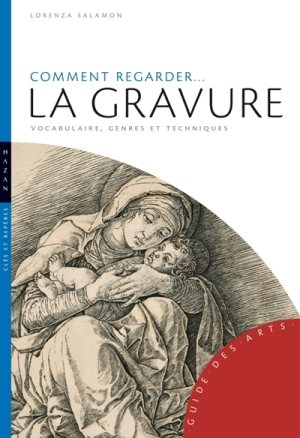Comment regarder... la gravure. Vocabulaire, genres et techniques
Metal crafts

This book analyzes the place of engraving within the history of art, from a technical, social and historical point of view. Closely linked to the invention of the typographic printing press (around 1450), it is characterized by its reproducibility, which made it immediately benefit from an unequaled distribution, and by its relatively low cost, which favored the freedom of expression of artists, by allowing them to produce their works independently of sponsors and fashions. From the beginning, the print has fulfilled several functions: instrument of research and testimony for geographers and explorers, means of denouncing crimes and injustices, scientific tool, support for revolutionary movements of thought, vector of advertising for artistic currents, expression of popular art... Great names have given it its letters of nobility: Andrea Mantegna, Pollaiolo, Dürer, Rembrandt, Goya, French artists in the 19th century, Picasso... Technically, it has continued to evolve, introducing techniques such as lithography, in the 19th century. Today, it remains one of the most effective tools for circulating works of art. This work, amply illustrated, offers the reader a glossary, which will help him to perfect his knowledge of the subject.
- Isbn
- Ean 9782754105538
- Author Salamon Lorenzo
- Editor Hazan
- Language fr_CH